This article is more than 1 year old
El Reg touches down at the ESA's Spanish outpost, sniffs around
Lab coats on, pipes at the ready for European Space Astronomy Centre tour
Here we were greeted by XMM-Newton scientist José Ramón Muñoz...
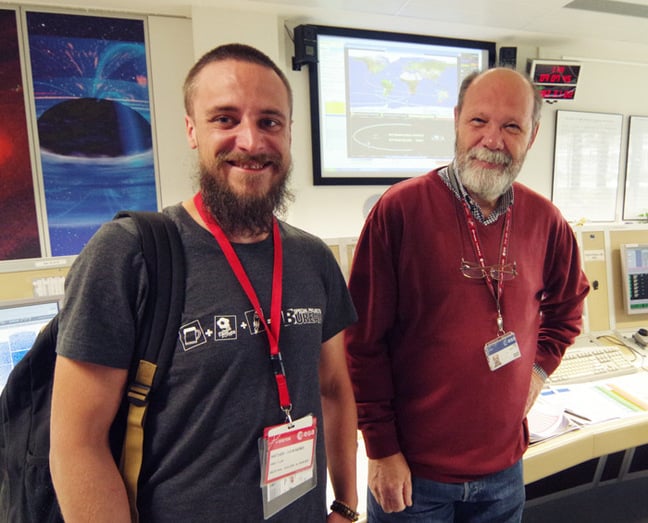
...who explained that he'd been on board the X-ray slurping mission "forever", actually since 1996, before the XMM-Newton even launched in 1999.
The venerable spacecraft, Muñoz told us, is in "a very elliptical two-day orbit, with an apogee of around 130,000km and a closest point to the Earth of around 13-14,000km".
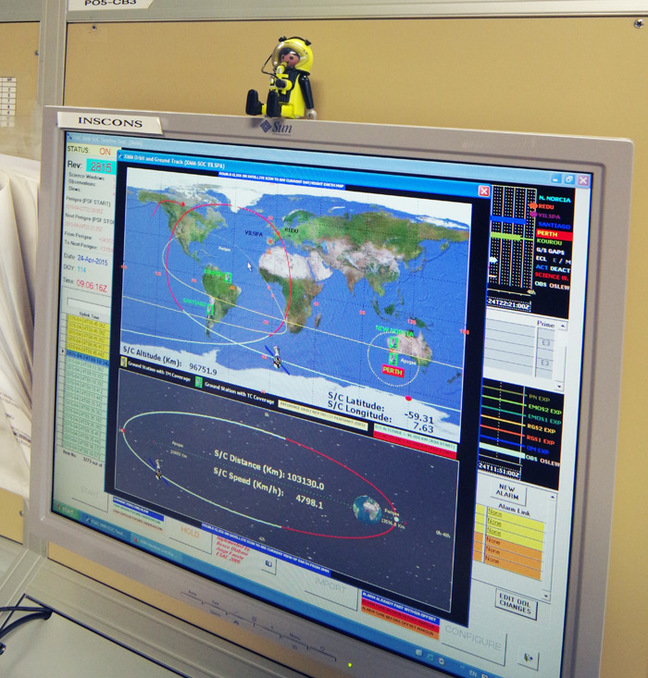
This carries the spacecraft outside the Earth's Van Allen belts, which interfere with X-ray observations. Nowadays, Lagrangian point L2 would be the position of choice for X-ray scope, but when XMM-Newton launched, that option wasn't available.
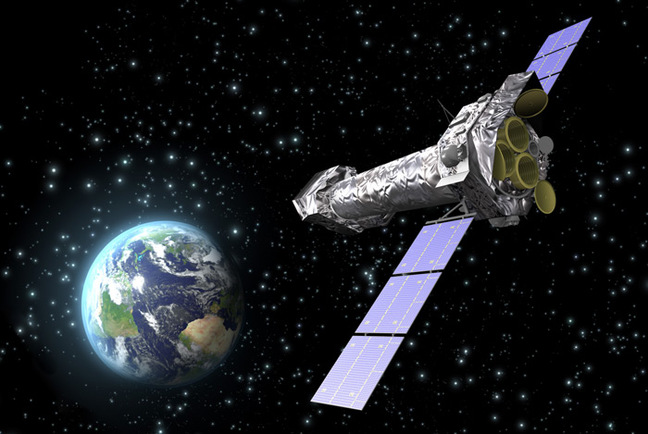
XMM-Newton contributes to a picture of the universe across the spectra, complimenting images from, for example, the Hubble Space Telescope, which doesn't have X-ray capability.
In 2005, the spaceraft snapped a Type II supernova in galaxy M51, shown here as a false colour image combining visible and ultraviolet images:
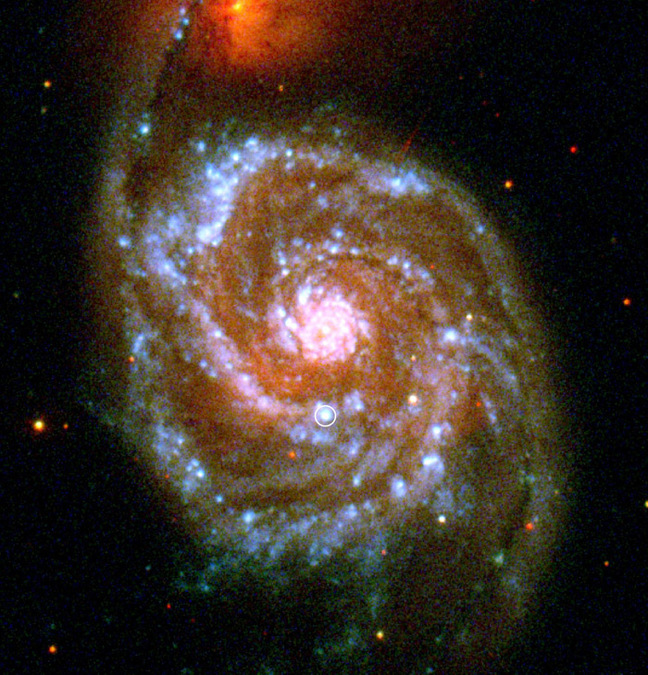
Good stuff, and suitably impressed, we grabbed a quick snap for the scrapbook...
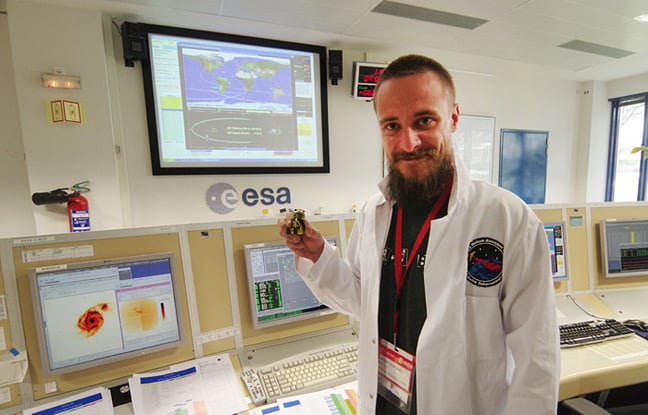
...and we were off to check out the Soil Moisture and Ocean Salinity (SMOS) Earth Explorer satellite.
